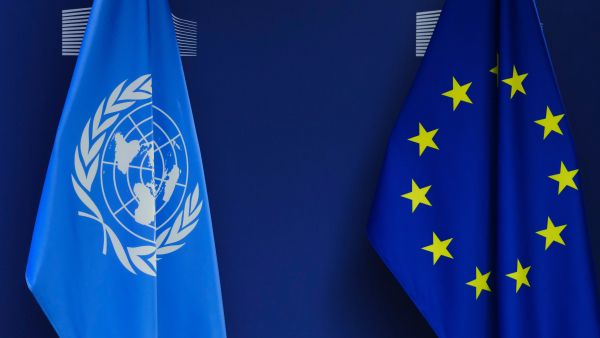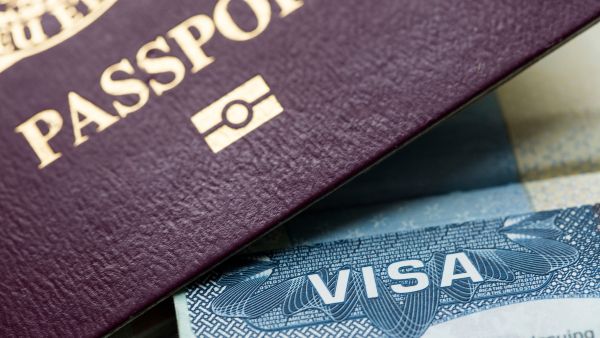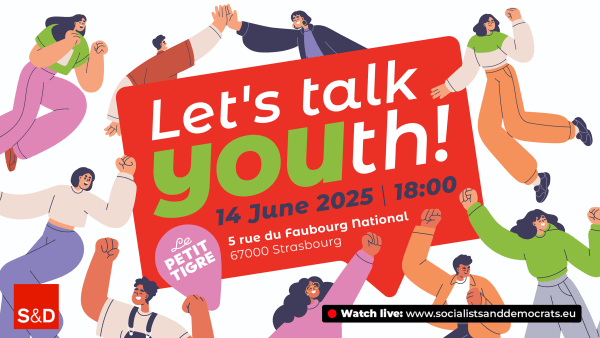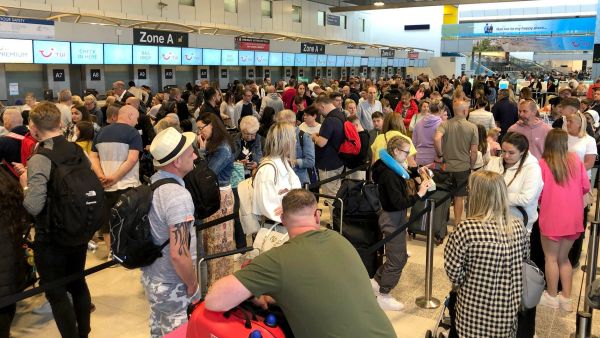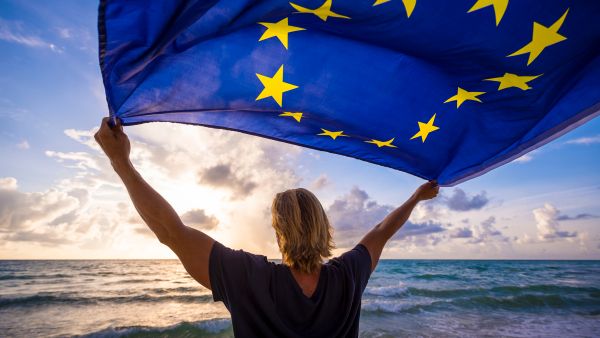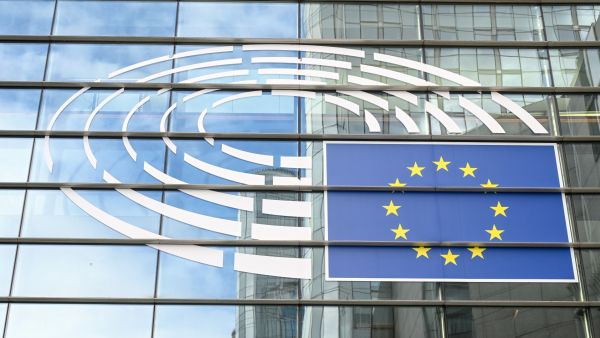Bucharest, 8 august, 2015 – The Monument of Roma Holocaust, the first dedicated to the memory of Roma victims of deportations and extermination in Transnistria and Auschwitz – Birkenau during 1940 – 1944 was unveiled at the Museum of Roma Culture in Romania, during a ceremony ocasioned by the second edition of „Pakivalo” Festival of Solidarity. In order to ensure the monument’s symbolistic will reach as many people as possible, the initiators will expose it in a park or public square.
„Both Roma and majority communities needed a symbol to reconect them through the empathy that tremendous human pain generated. In the same time, the monument is an important step towards the reconstruction of Roma community’s collective memory, for we need strong symbols to have it regenerated. Without a history and a common memory, no future macro level project aimed to the integration of Roma into the European society can be designed. The monument also sugests the need for freedom of the human beings. It is a testimony of a dark past which should not be allowed to trap the humanity again”, Damian Draghici, Member of the European Parliament and one of the initiators stated.
On April 15, The European Parliament addopted a resolution to recognize 2 August as the European Holocaust Memorial Day and state the anti-gypsism is not compatible with the European Union’s values.
„European Parliament officialy recognizing the Roma suffering during the Holocaust means the success of the hard work the regreted Nicolae Gheorghe started many years ago. 2 years ago, on 8 August, Nicolae Gheorghe passed away. By unveiling the monument at the premises of Museum of Roma Culture in Romania, during the „Pakivalo” Festival, we comemorate him as well”, Nicoleta Bitu, the Executive Director of „Romano ButiQ” Association stated.
The monument was designed around the solar symbol of the 12-spokes chakra, expressing a well known archetypal spiritual freedom of Roma, the time and space in motion. The aspiration to Light and Freedom of the „wheel of history”, a fundamental value in the Roma culture, is similar to the European ideal of freedom of movement and transnationality. The chains on the monument’s bottom signify the threat of mental and phisical captivity, when the darkness takes on the light.
The ceremony brought together Roma survivors of deportations in Transnistria, representatives of Roma and non-Roma civil society, academics and state officials. They all emphasized the basic need to recognize the Roma communities suffering over the past centuries as an important step on the way to development of Roma.
„In order to be victorious against ethnic discrimination we need to create that frame of mutual trust and recognition of the values each community has. Knowing what hapened in the past and Roma history could be a strong instrument for the majority community to fight against stereotypes. And teaching some elements of Roma history should be included in the formal education, so the next generation to have the oportunity to build a more solid fundament for tolerance and acceptation of diversity”, Damian Draghici underlined.
The Monument of Roma Holocaust was built by Damian Draghici, with the support of BRIGHT LIGHT Foundation and Roma Center for Social Intervention and Studies – Romani CRISS.


